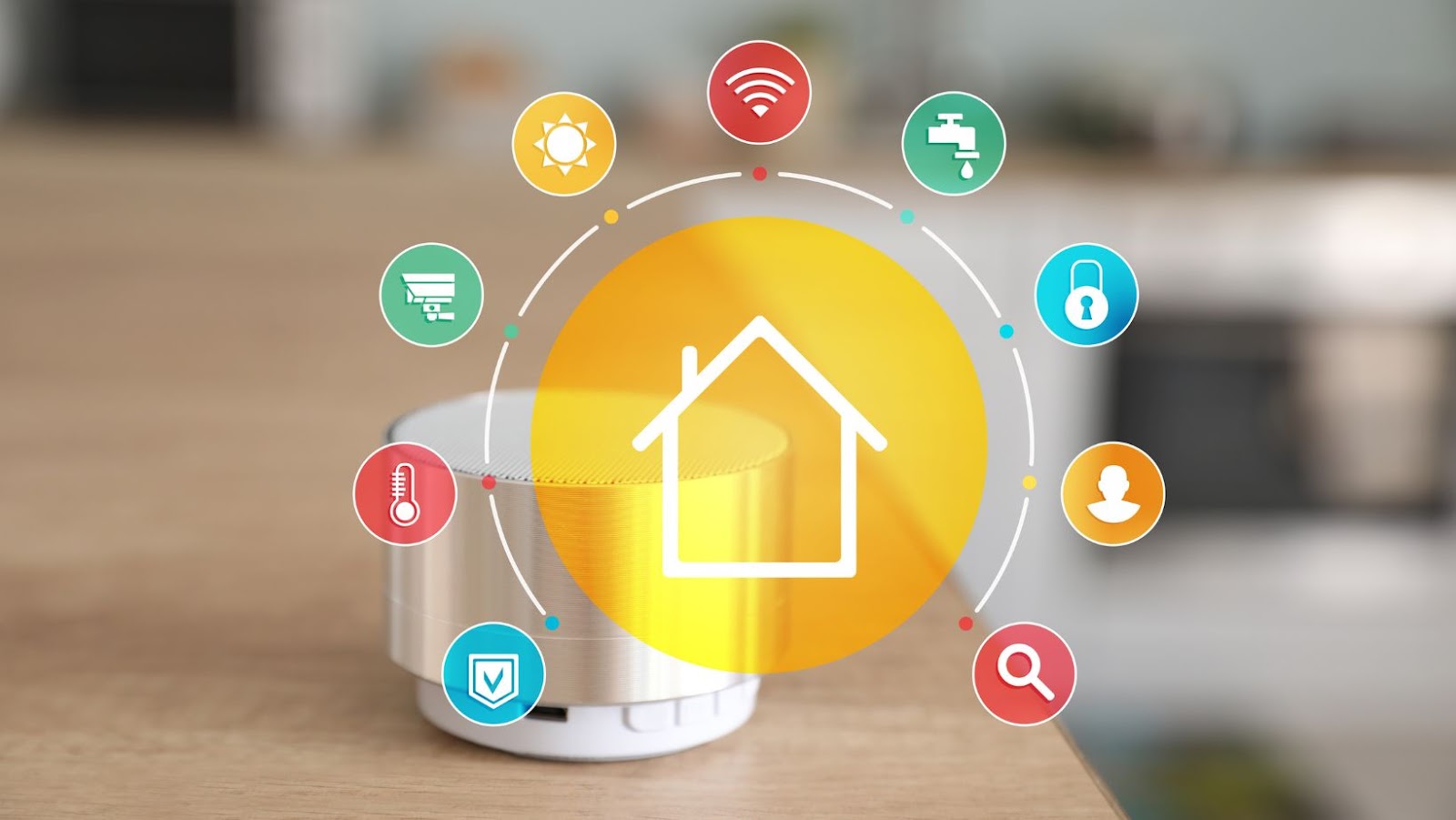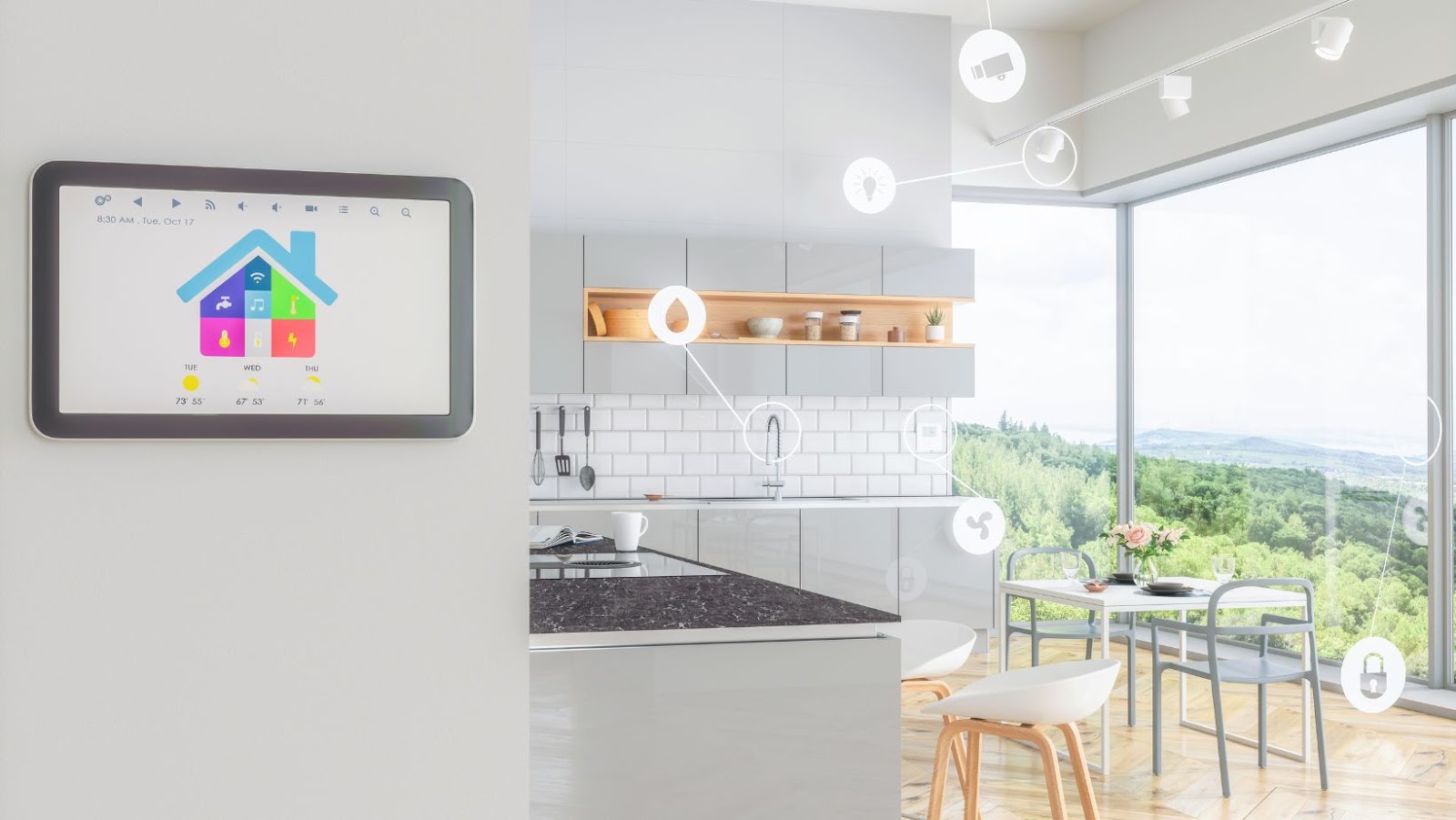For those new to the world of smart homes, starting simple can be both effective and satisfying. Imagine controlling lights with a voice command or adjusting the thermostat from a smartphone. These small changes not only make life easier but can also lead to significant savings on utility bills. Embracing smart home technology doesn’t have to be overwhelming; with a few strategic upgrades, anyone can enjoy the benefits of a more connected and efficient home. Implementing simple smart home ideas offers numerous advantages that enhance everyday living. These benefits include improved convenience, increased security, and energy efficiency.
- Convenience: Smart devices simplify daily tasks. For example, voice-controlled assistants enable seamless control over lights, music, and appliances. This hands-free interaction saves time and offers ease of use for all age groups.
- Security: Smart home systems enhance security. Devices like smart locks and security cameras provide real-time monitoring and control via smartphones. Homeowners can check their property remotely, ensuring peace of mind.
- Energy Efficiency: Smart thermostats and plugs contribute to energy savings. By optimizing heating, cooling, and device use based on occupancy patterns, these gadgets help reduce utility bills and minimize environmental impact.
- Scalability: Simple smart home ideas offer flexibility. Users can start with a few devices, like smart bulbs or thermostats, and gradually expand their system as needed without significant upfront investment.
These benefits demonstrate the practicality and value of integrating smart technology into daily life, making traditional homes more efficient and connected. Smart lighting solutions offer an accessible entry point into smart home technology. They’re affordable, easy to install, and bring immediate benefits to your living space.
Energy-efficient bulbs reduce electricity consumption and cut monthly utility bills. LED smart bulbs, such as Philips Hue or LIFX, allow users to adjust brightness, change colors, and schedule lighting through smartphone apps or voice commands. These bulbs last up to 15,000 hours, significantly longer than traditional incandescent options. By integrating with smart home systems, they enhance energy conservation and user comfort.
Automated lighting systems provide hands-free control over home illumination. Motion-sensor lights, for example, turn on when detecting movement, reducing energy waste when rooms are unoccupied. Users can set schedules or use geofencing to have lights activate upon departing or arriving home. Compatibility with voice assistants like Amazon Alexa or Google Assistant enables seamless operation and customization, aligning the lighting setup with daily routines and individual preferences.
 Smart Thermostats
Smart Thermostats
Smart thermostats represent a key component in optimizing a home’s energy efficiency. They provide users with the ability to control and monitor temperature settings remotely using a smartphone.
Smart thermostats like Nest or Ecobee help lower energy bills by adjusting temperatures based on user preferences and occupancy patterns. They learn daily routines to automatically reduce heating and cooling when nobody’s home. The Department of Energy estimates these devices can save up to 10% annually on heating and cooling costs.
These thermostats offer convenient remote access via apps, allowing temperature adjustments from anywhere. This feature ensures comfort when returning home and prevents energy waste during unexpected schedule changes. Users can integrate smart thermostats with voice assistants such as Google Assistant or Alexa, enabling effortless control and management through simple voice commands.
 Home Security Enhancements
Home Security Enhancements
Implementing smart home security solutions enhances safety and peace of mind. Integrating advanced technologies reduces vulnerabilities and offers real-time monitoring.
Smart doorbells offer an upgrade to traditional systems by providing real-time video and audio capabilities. Users can see and interact with visitors through a smartphone app without opening the door. Leading options, like Ring or Nest Hello, feature motion detection and alert users of activity, improving security even when the home’s unoccupied. Some models provide two-way audio, enabling communication with visitors or delivery personnel directly through the app. These devices also record activity, ensuring homeowners have a visual log of who approached their entryway, which can be useful for security purposes.
Wireless security cameras add versatility to home surveillance. These cameras are easy to install, without the hassle of complex wiring or professional setup. Top brands like Arlo or Blink deliver high-definition video feeds accessible via smartphones, ensuring constant visibility. With features like night vision and motion alerts, users maintain consistent monitoring around the clock. Some cameras offer cloud storage, allowing footage to be archived and reviewed later if needed. Integration with smart ecosystems, like those controlled by Alexa or Google Assistant, enables seamless camera management through voice commands, making them a practical addition to any smart home security setup.